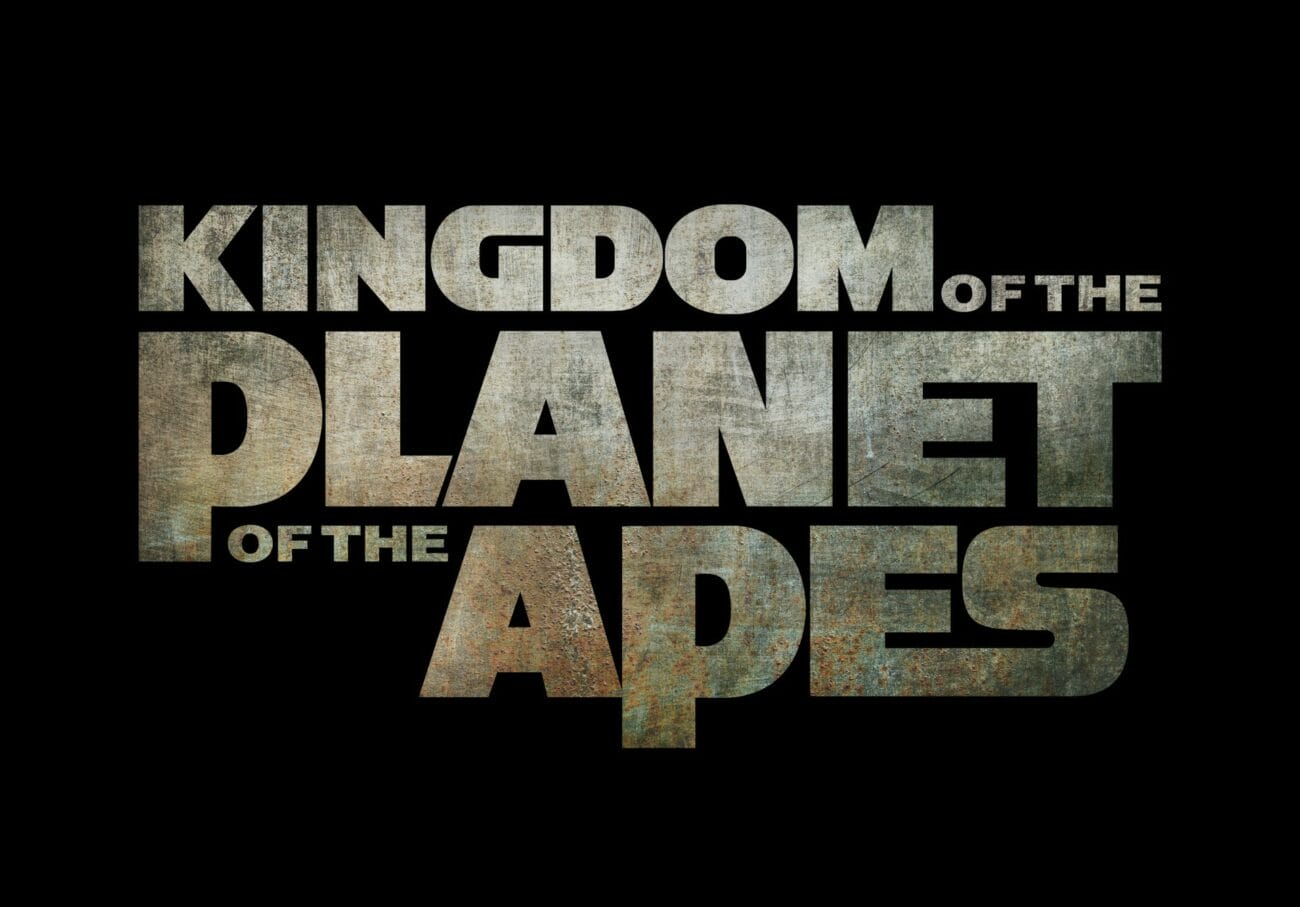Veteran Black actor Peter Macon plays predominate ape Raka
I have seen this film and realize that many have reviewed it for its innovative technological advancements since the first film in 1968.
I’m tackling this from an urban perspective, in that I see mainly the “save the white woman” trope and apes emulating gang warfare that is permeating Chicago communities.
The plot: Many generations after Caesar’s death, apes have established numerous clans, while humans have become feral. Noa, a chimpanzee, prepares for a coming-of-age ceremony by collecting Eagle eggs with his friends Anaya and Soona. Humans are considered the under class, but a human scavenger follows Noa home and inadvertently cracks his egg during a scuffle. While searching for a replacement egg, Noa encounters a group of ape raiders and later finds his village burning; and his father killed.
Now, instead of the apes fighting the humans for dominance, the apes have separated into clans, and they are fighting each other.
Later Noa’s clan is abducted and he runs into Raka, an orangutan who tells Noa about Caesar’s teachings. They call the female scavenger Nova, but Raka and Noa are perplexed when she says her name is Mae. In my opinion, Mae needs help traversing the forest and isn’t interested in helping the apes.
The apes have said that humans are savages and slow witted, but when they come across Mae, they decide to help her.
So why take this dusty looking white woman under their wings? Are they blind? Because Raka says that he and Noa should show compassion toward her, in keeping with Caesar’s teachings.
Afterward Mae takes the apes on a journey, evading the other ape clans and particularly the apes’ self-proclaimed king, Proximus Caesar.

Mae promises to help Proximus Caesar open the secret vault with tech gadgets, books and other remnants of human civilization, in the hopes that Noa can be reunited with his family. But even Noa seems to not trust this completely, as he forlornly looks at a cage that could as well become his new home.
Raka, played by Peter Macon, is a veteran Black actor, with initial roots in live theatre, as well as television, and he turns out to be my favorite in this film.
I was trying not to put my urban spin on this, but it was telling that Noa and Raka teamed up to save the previously reported only human in the film. But Mae is not the only human in the film—there’s William H. Macy and others featured at the end of the 2-1/2 hour spectacle.
Raka was trying to pay forward the teachings of Caesar, who died in the last installment, which was set 300 years prior. He has some whimsical lines, such as when he saw a zebra, he exclaimed, “Horses with stripes. Quite striking.”
Caesar’s teachings say that apes shouldn’t hurt apes. But that’s gone out the window with the clans fighting each other—keeping the strong ones and annihilating the weaker ones. Why does this sound like urban gang warfare to me? I guess I can’t enjoy the “monkey” film, without throwing a bit of social commentary into it.
Gangs travel through urban neighborhoods wreaking havoc on weaker citizens or those who may at the moment be ill equipped to fight back.
In a voice as deep as the iconic, veteran actor James Earl Jones, Macon was recently on Fox Soul’s TEA-G-I-F. He discussed the mechanics behind this $160-million-dollar movie; the six weeks of ape school and the way in which the tech team models the apes’ (actors) emotions, such as happiness, sadness, discernment or disgust, so they appear as realistic scene after scene.
And the apes do convey a range of emotions that is so realistic that it is mind blowing. Sometimes they are speaking and other times, they communicate non verbally.
It is a beautiful film with sweeping, jaw-dropping action. It’s hard to imagine how CGI (computer generated imegery) can replicate so many authentic looking apes, chimps and assorted monkeys on such a large scale. It’s that technology to which I alluded in the beginning.
Of course, there are other major events that occur leading up to the climax of this crowd pleaser.
The ending battle between the moderate apes and the baddest ape, Proximus Caesar, is a sight to behold, and we appreciate the hunt for the Eagle eggs in the beginning scenes and their importance in that victorious display of male ape testosterone.
Many unexplained situations exist: why did Mae show up in the first place? Is it because she needed protection through the woods to get to the vault so she could deliver a data cartridge to what appears to be some sort of spaceship wreckage filled with humans—that is never fully explained.
Will the humans become dominant again?
My only real concern at the end centers on whether Raka has been swept up in the flood, dying or did he survive?
“Kingdom of the Planet of the Apes” was interesting enough, but I have enjoyed others in this franchise much better.
“Kingdom of the Planet of the Apes” has been holding on as a great way to get folks into the theaters—as this is best viewed on a big screen. It’s worth taking a look but prepare to be a bit confused.






